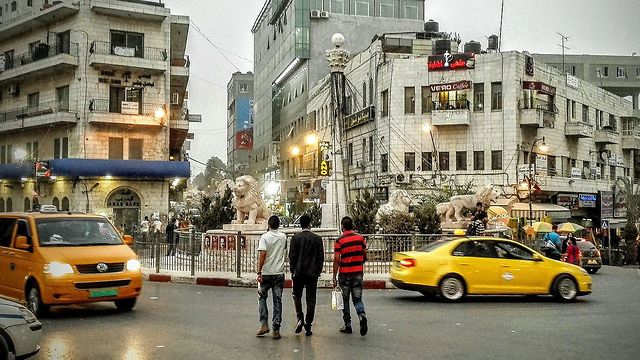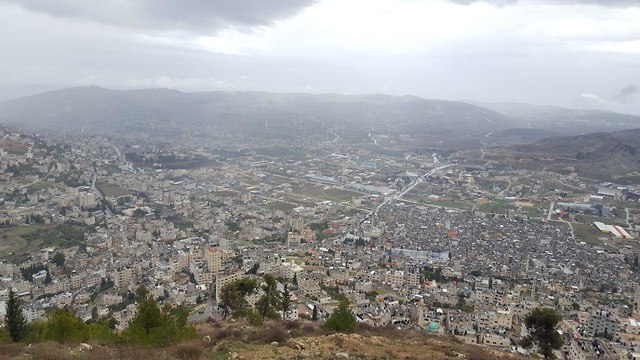The Palestinian Ministry of Transport is working to establish a rail line to connect Ramallah with city of Nablus, and later, a link between Ramallah and the southern part of the West Bank.
The ministry is looking for a donor country to finance a feasibility study of what could turn into the largest project since the establishment of the Palestinian Authority – the “Holistic Plan for Transport and Communications in Palestine.”
In 2007, then-Palestinian prime minister Salam Fayyad approved a $2.25 million master plan for the project that was financed in 2014 by the European Investment Fund.
In 2015, Samih Tbeileh, at the time minister of transport and communications, announced that foreign firms had started to develop a comprehensive initiative to include the construction of a rail line linking Nablus and Ramallah, with initial costs running at about $175 million.
Mohammed Hamdan, spokesperson for the Ministry of Transport, said that the first phase of the project would connect Ramallah with cities in the northern part of the West Bank.
“We are looking to reduce traffic congestion and car accidents,” he said.
Hamdan pointed out that there was a great importance in reducing travel time.
“In the second phase of the project,” he said, “we will be connecting the southern cities (of the West Bank) with Ramallah and the north.”
When asked about Israeli approval – he had confirmed that the proposed railway lines would be established on some lands under full Israeli security and administrative control – he stated that the “occupation” was an obstacle to any project having to do with the Palestinians, though it was too early in the process to worry about it.
“We are first talking about Palestinian cities,” Hamdan elaborated. “At a later stage, we would worry about Israel.”
According to the 1993 Oslo Accords, Area C of the West Bank is under Israeli administrative and security control, while Area B is under Palestinian administrative control and joint Palestinian-Israeli security control and Area A is under full Palestinian control.
“We are looking now for a donor to cover the feasibility study expenses of the project,” Hamdan said. “This study is important to show us the route of the railroad, the final cost and other important data for the project.”
Osama Amro, a Palestinian civil engineer, said that even in light of the West Bank’s geography and topography, the project could be implemented.
“With the great technological advances (of recent years), nothing is impossible,” Amro said.
He admitted that it would be an “ambitious” project and stressed that the final cost would be huge, meaning that the budget could be an additional obstacle.
Bishara Dabah, a Palestinian economist, confirmed that the development would be extremely important for Palestinians.
“More than 120,000 people travel every day between northern cities and Ramallah,” he said.
Moreover, Dabah stressed that a rail line between Ramallah and Nablus would better facilitate commerce by increasing competition.
He also pointed out that West Bank municipalities were spending a great amount of money to pave new roads and create parking spaces.
“The Ramallah Municipality has been considering a project to build parking lots outside (the city) to ease traffic,” Dabah continued, adding that people would then use public transportation to get around, something that would save the municipality money.
Article reprinted courtesy of The Media Line



















